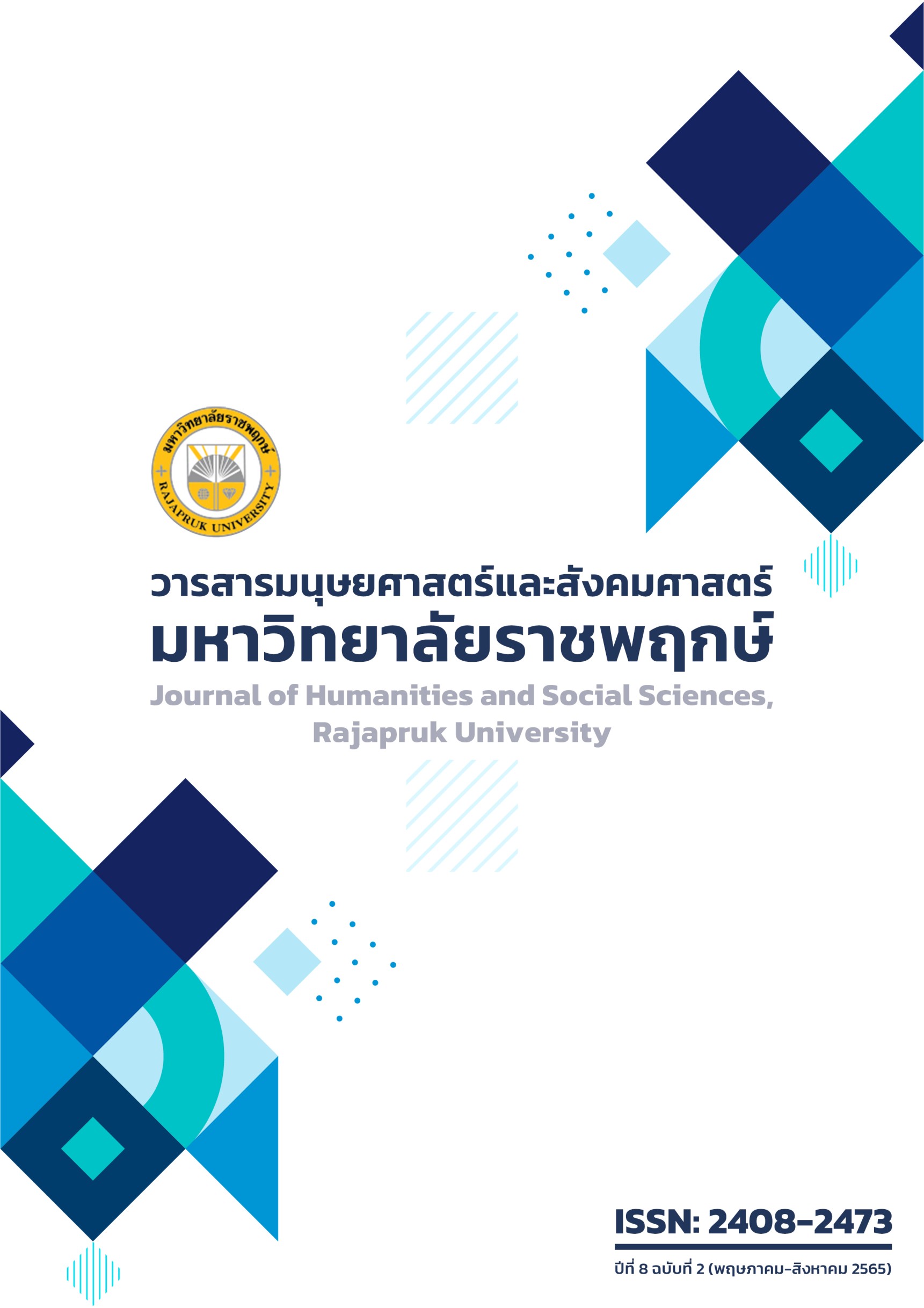Correlation in Statistics: How to Use
Main Article Content
Abstract
Correlation in statistics is used to describe the relevance of two or more variables. The aim of this article is how to select and interpret the statistics used in correlation analysis. The selection of correlation statistics takes into account measurement scale of the variables and the specific conditions of those statistics. In this paper, Phi coefficient and Chi Square statistic are used to analyze the relationship of nominal scale variables. Spearman coefficient is used to analyze the relationship of the ordinal-scale variables. The Pearson coefficient is used to analyze the relationship of the interval and the ratio scale variables. The interpretations of correlation statistics are not the similar meaning. Researchers need to understand these correlation statistics. In addition, caution is required to use of correlation analysis results.
Article Details
References
นงลักษณ์ วิรัชชัย. (2548). สถิติชวนใช้. กรุงเทพฯ: โรงพิมพ์แห่งจุฬาลงกรณ์มหาวิทยาลัย.
สมถวิล วิจิตรวรรณา และ สุนิสา จุ้ยม่วงศรี. (2559). การวัดตัวแปรและการเลือกใช้สถิติ. หน่วยที่ 7 ในเอกสารการสอน ชุดวิชาวิธีการวิจัยและเทคโนโลยีสารสนเทศสำหรับเศรษฐศาสตร์ นนทบุรี มหาวิทยาลัยสุโขทัยธรรมาธิราช สาขาวิชาเศรษฐศาสตร์.
สุชาดา บวรกิติวงศ์. (2548). สถิติประยุกต์ทางพฤติกรรมศาสตร์. กรุงเทพฯ: โรงพิมพ์แห่งจุฬาลงกรณ์มหาวิทยาลัย.
สุภมาส อังศุโชติ. (2556). “การวิเคราะห์ข้อมูลวิจัยเพื่อพัฒนาการเรียนการสอน”. หน่วยที่ 6 ในเอกสารการวิจัยเพื่อพัฒนาการเรียนการสอน กรุงเทพฯ: เจริญดีมั่นคงการพิมพ์.
Bartz, A.E. (1999). Basics Statistical Concepts. 4th ed. New Jersey: Prentice Hall.
C. Muller. (1973). Introduction to methods of linguistic statistics. Retrieved on October, 1st, 2020, from https://wikilean.com/en/different-types-of-data


